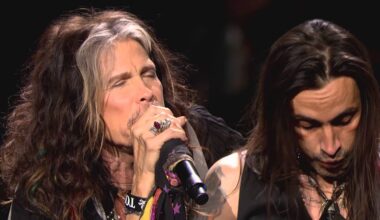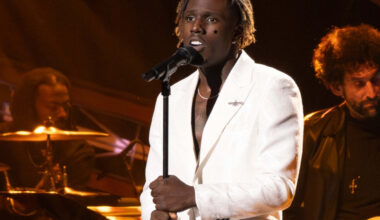On February 6, 2005, Paul McCartney took center stage at Super Bowl XXXIX in Jacksonville, Florida, delivering a halftime show that electrified the world. With an estimated one billion viewers watching, the legendary Beatle turned the stadium into a global singalong, rolling through classics like “Drive My Car,” “Get Back,” and the anthem-like “Hey Jude.” He also unleashed the explosive “Live and Let Die,” complete with dazzling pyrotechnics that lit up the night.
Despite the grandeur of the performance, McCartney—like all Super Bowl halftime artists—wasn’t paid a single cent. The NFL traditionally offers no performance fee, banking instead on the immense exposure that often leads to skyrocketing music sales and streaming numbers. And for an icon like McCartney, that kind of visibility was priceless.
The Super Bowl halftime show has evolved into one of the most prestigious stages in music history, a transformation that took off in the 1990s when networks and sponsors realized its potential for global impact. Since then, it has delivered some of the most unforgettable moments in live entertainment—Michael Jackson’s game-changing 1993 spectacle, U2’s heartfelt post-9/11 tribute, and Prince’s ethereal “Purple Rain” performance in a literal downpour.
McCartney’s 2005 performance still stands among the greatest of all time, not just for the setlist, but for the sheer energy, nostalgia, and connection he brought to the stage. With every note, he reminded the world why his music remains timeless—and why a Beatle can still steal the show.






